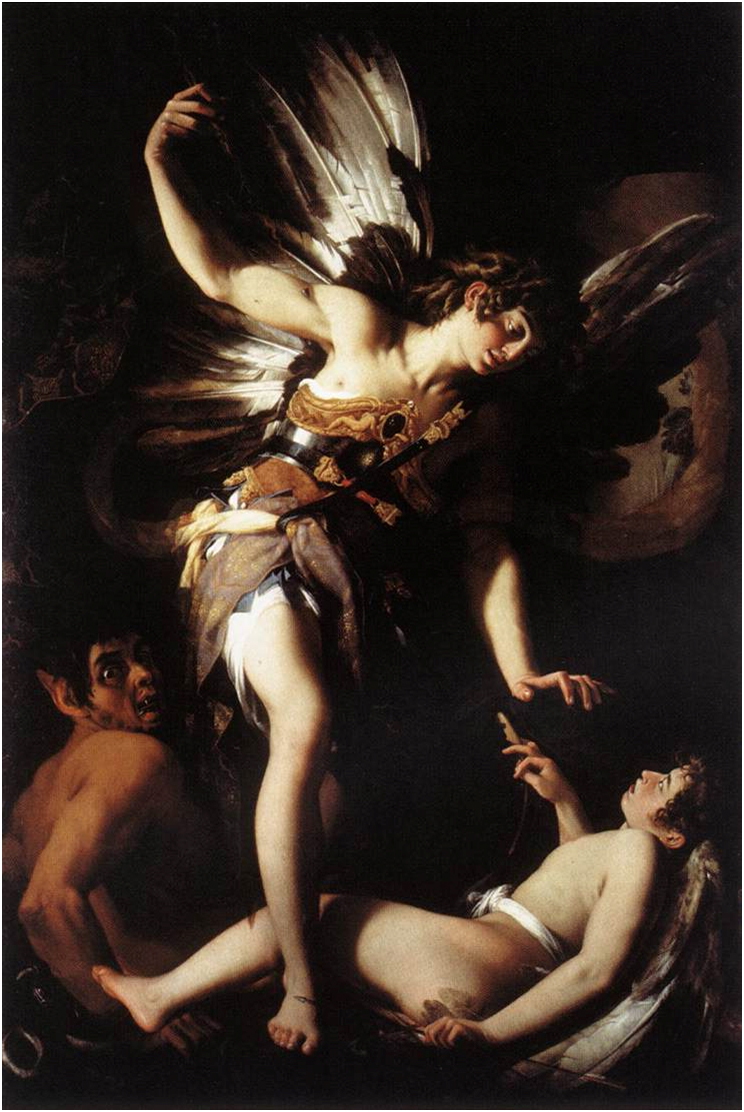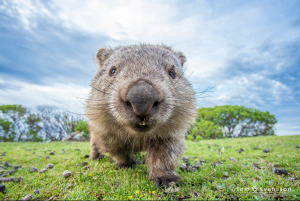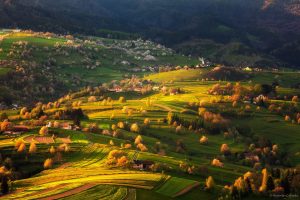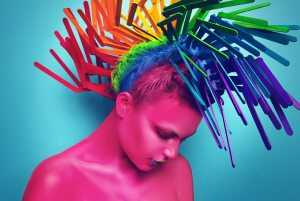Photography is the art of light and shadow, light is intangible, it is the shadow that portrays light into various forms, reading the shadow will give insight into the beauty of light. One of the assignments I gave to students in my photography class at Laguna College was dedicated to photographing shadows.
In the making of photography, we can get a lot of artistic inspiration for the use of shadows from traditional painting. For example, the Renaissance technique “Chiaroscuro” – the use of shadows to create a three-dimensional effect by contrasting light and dark shadows. It alternates dark and bright parts of the picture.
The Italian painter Caravaggio deepened this technique, using larger shadows to express dramatic conflict, creating works of great sensory impact.
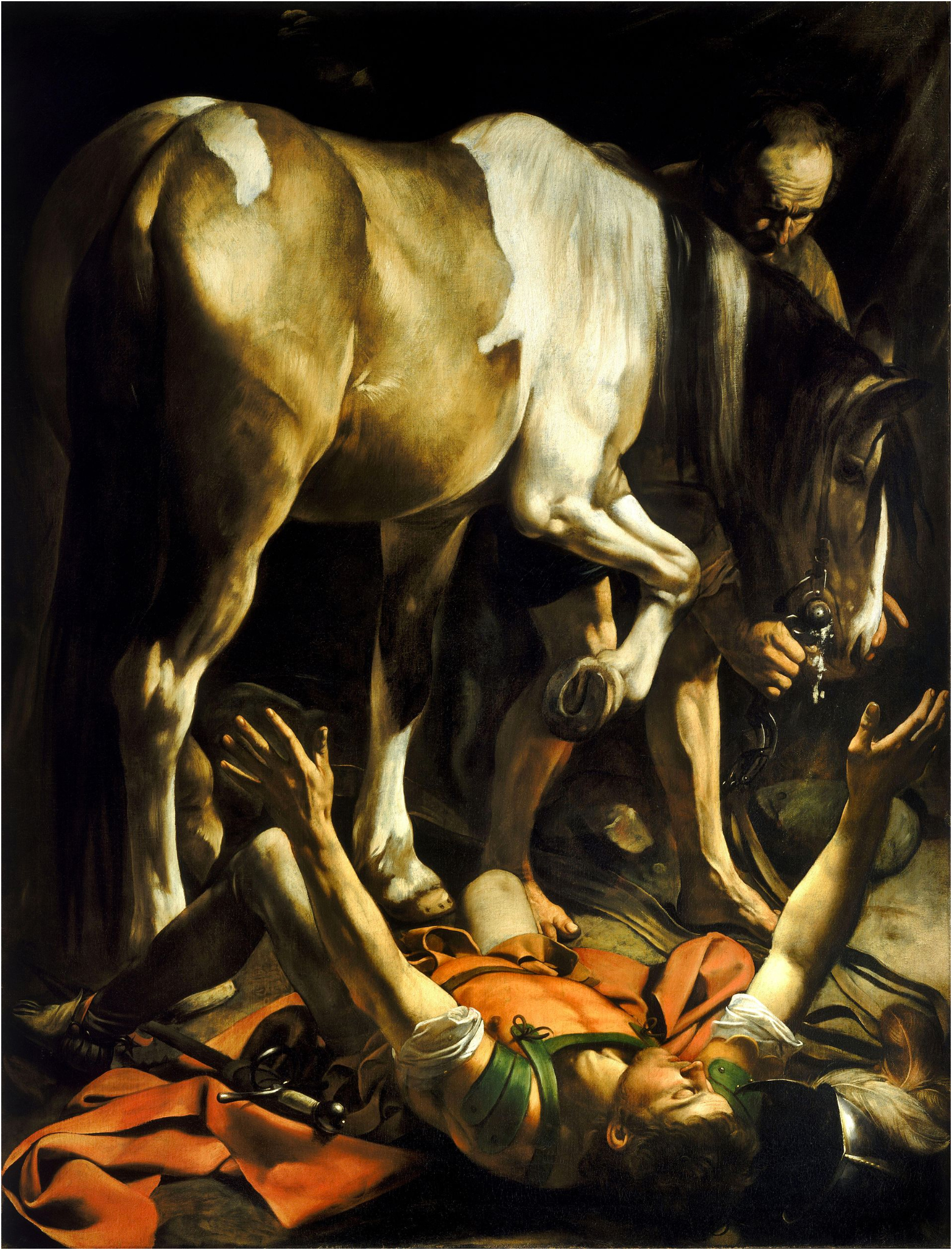
The Dutch painter Rembrandt refined this technique by adding shimmering light to the shadow side of the portrait, making the image less gloomy and scary, while also emphasizing the sense of three-dimensionality. “Rembrandt light” has also become a classic lighting technique in the studio, the portrait cheeks away from the main light that is surrounded by the shadow of the nose of the triangle, which has become a symbol to identify “Rembrandt light”.
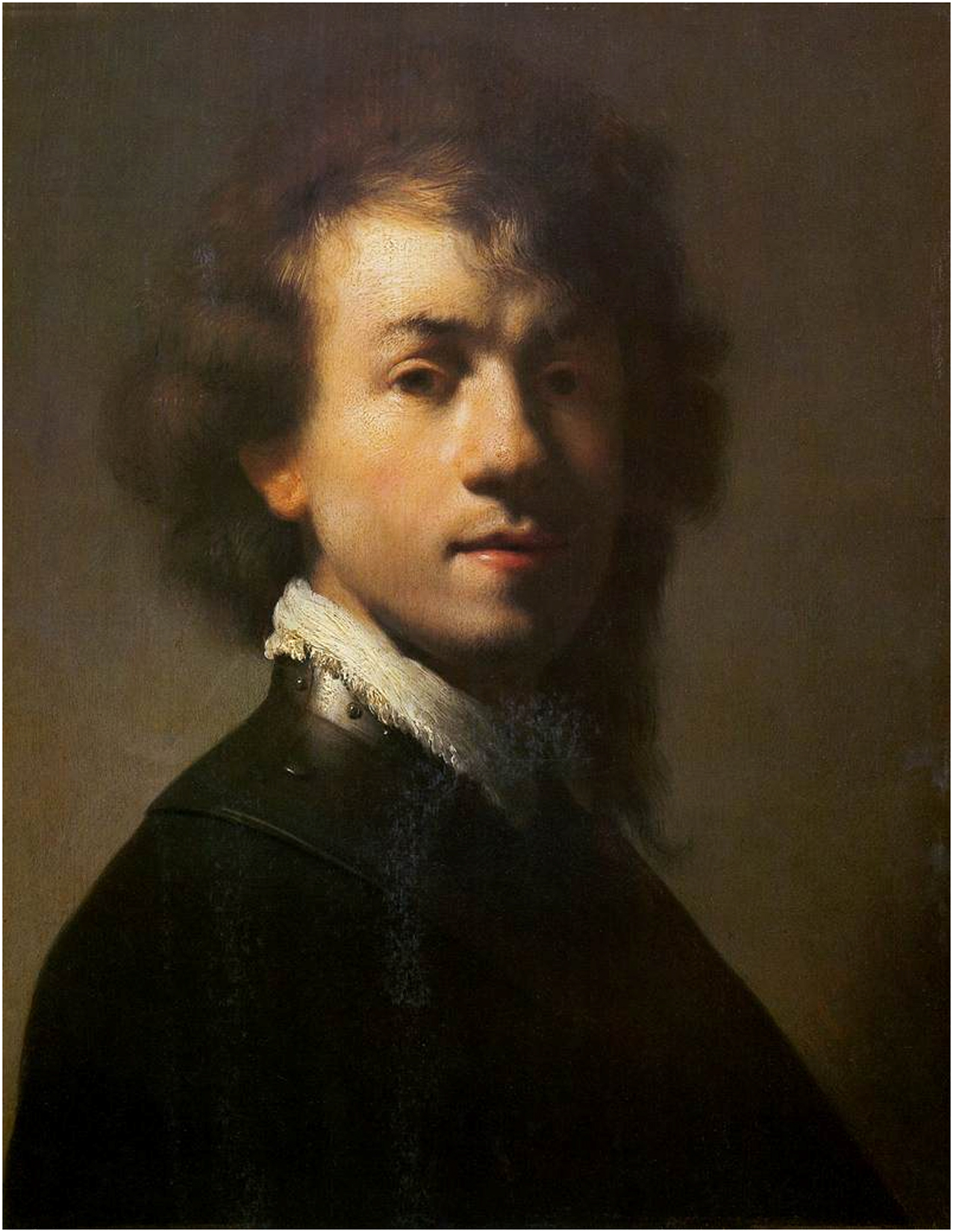
Many of the classics of photography have drawn on the above interpretation of shadow in painting. The famous portrait photographer Yusuf Kash often dressed his subjects in black and placed them against a black background, even hiding large portions of their faces in shadow (as in the portrait of composer Sibelius), while using narrow, high-contrast silhouette light to break the portrait out of the dark background and create a deep, mysterious atmosphere.
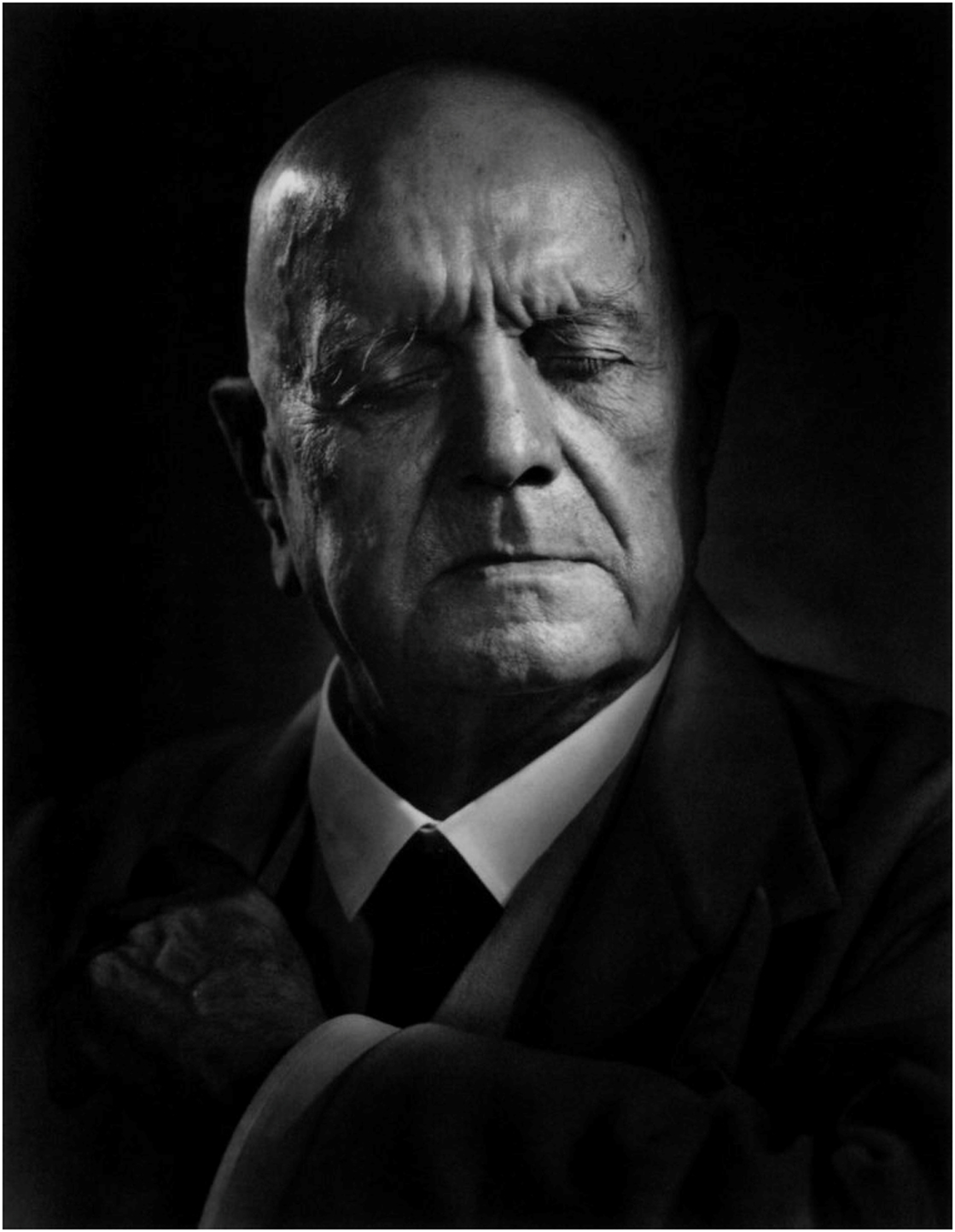
George Hurrell, who shot countless portraits of Hollywood stars, defined the classic glamour photography of Hollywood’s Golden Age with his intensely dramatic style, and has been called the “Rembrandt of Hollywood” by future generations. The essence of my photographic style,” he said, “is the design of shadows. He delicately reshaped the portrait of a person by laying out the different forms of shadows on his face.
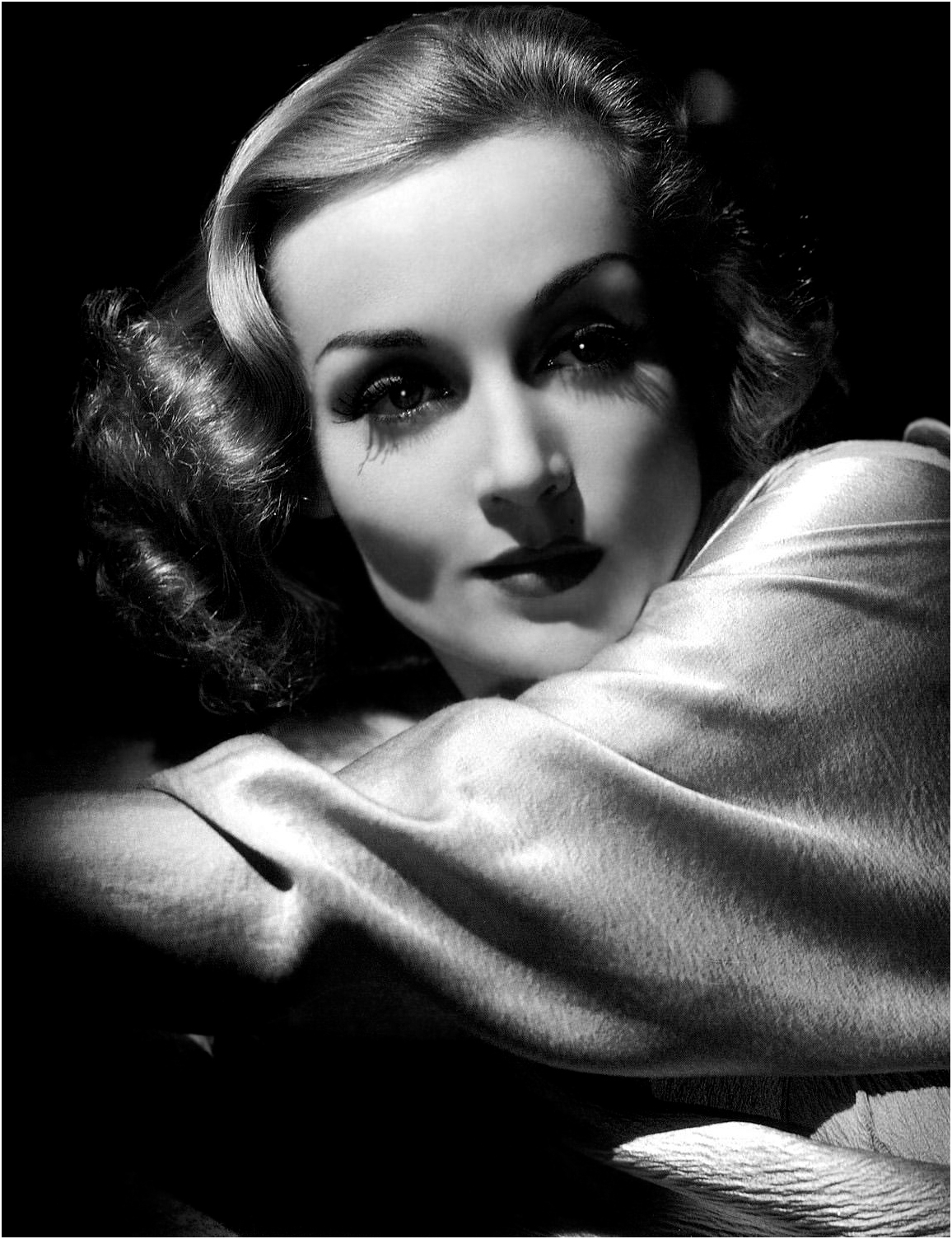
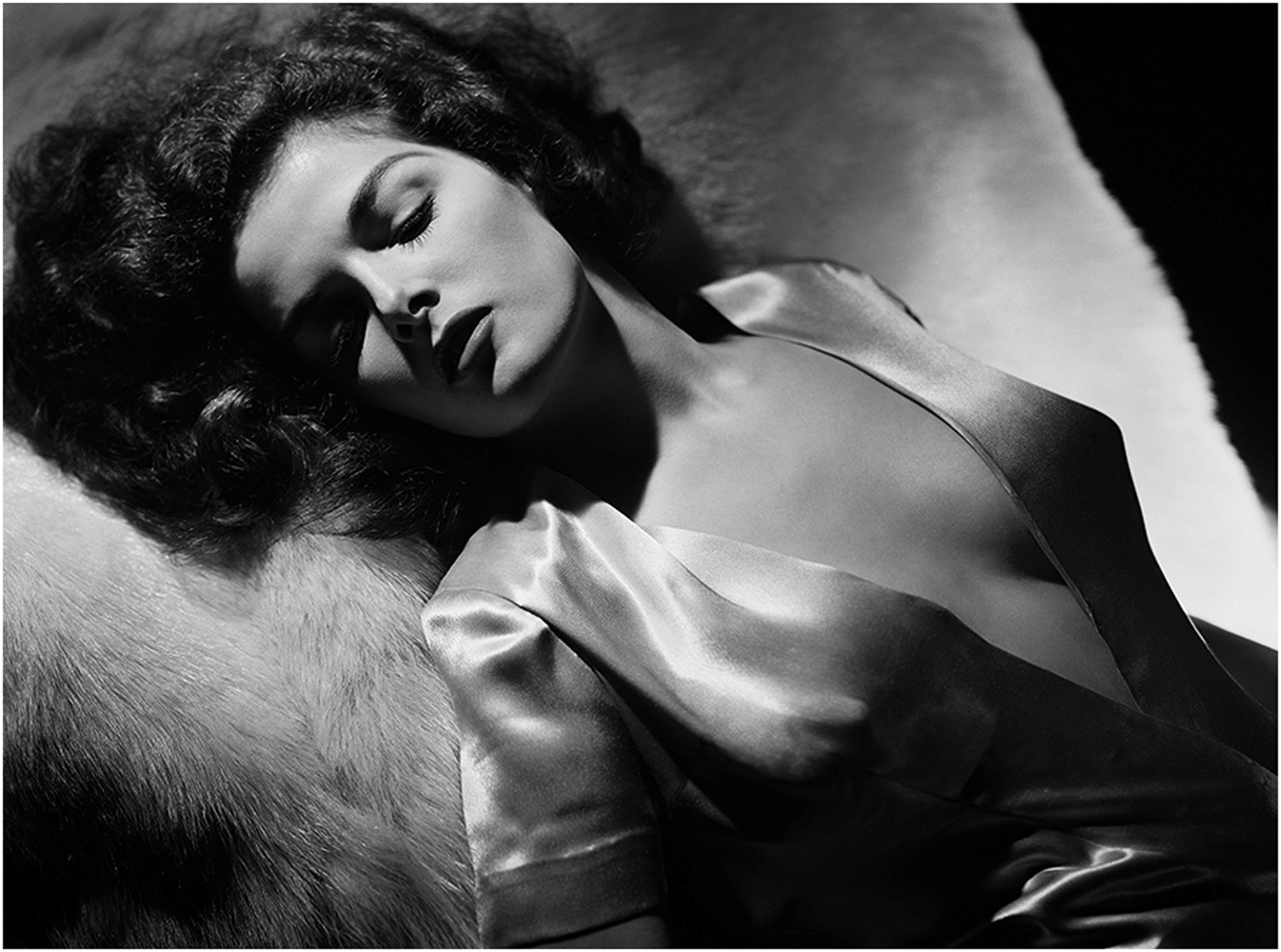
Master landscape photographer Ansel Adams’ use of shadows is even more poetic, as his large black-and-white landscapes show huge shadows that seem to capture the soul of the mountains and rivers in a vivid and musical way. Adams not only needed to patiently find the best timing of light and shadow when shooting, but also invented the method of area exposure, selectively controlling the exposure values of different areas in the darkroom post-production, so that the artistic expression of shadows could be further enhanced.
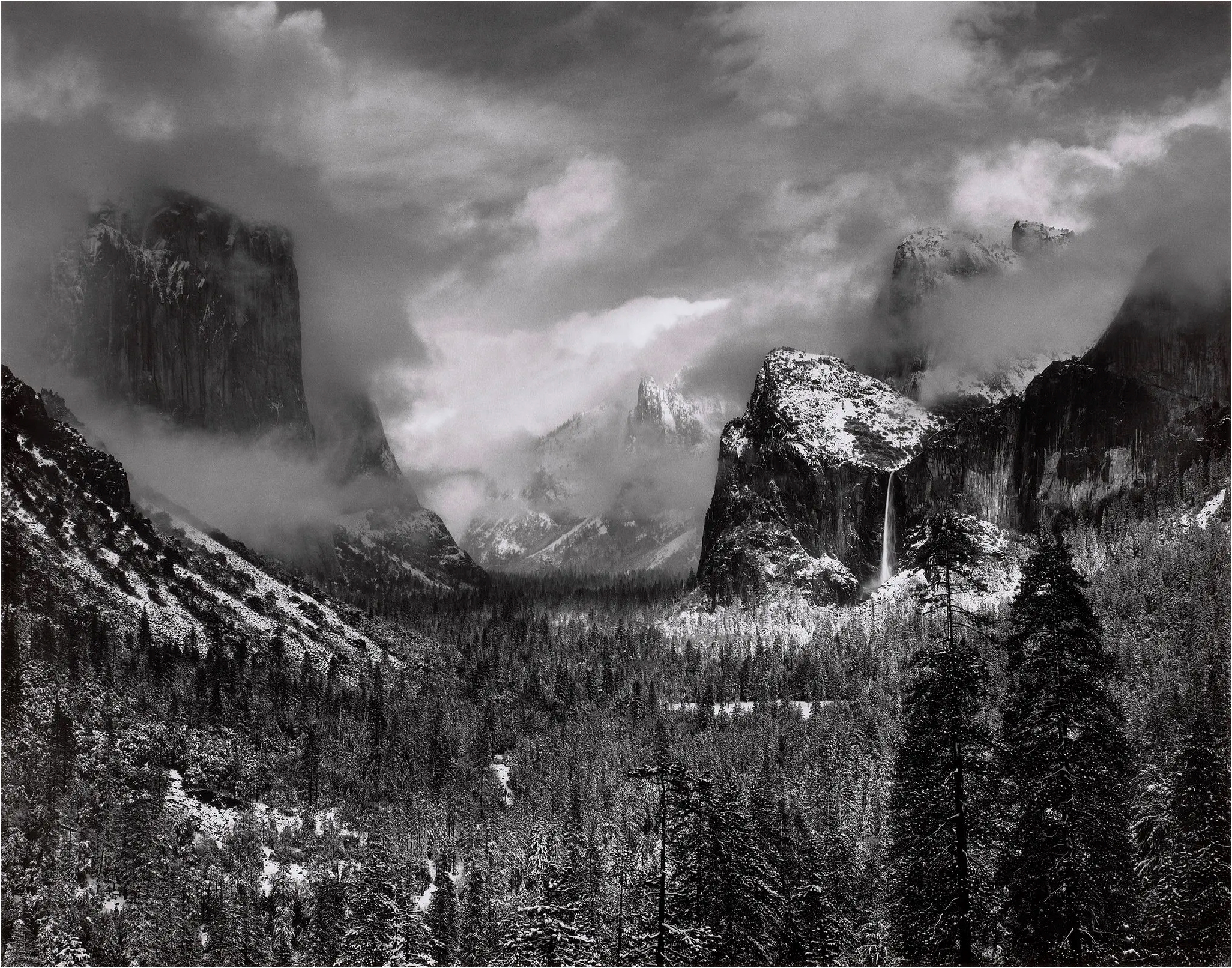
The reasonable use of shadows in photography can not only enhance the depth of space from the form, but also increase the depth of the work from the connotation. The shadow can be the main character, whether figurative or abstract, subtle or strong, soft or lonely. It can be a supporting role, participating in the composition, setting the atmosphere, leading the line of sight and highlighting the theme, or it can be a prop for subtraction, hiding unnecessary information and making the work more imaginative.
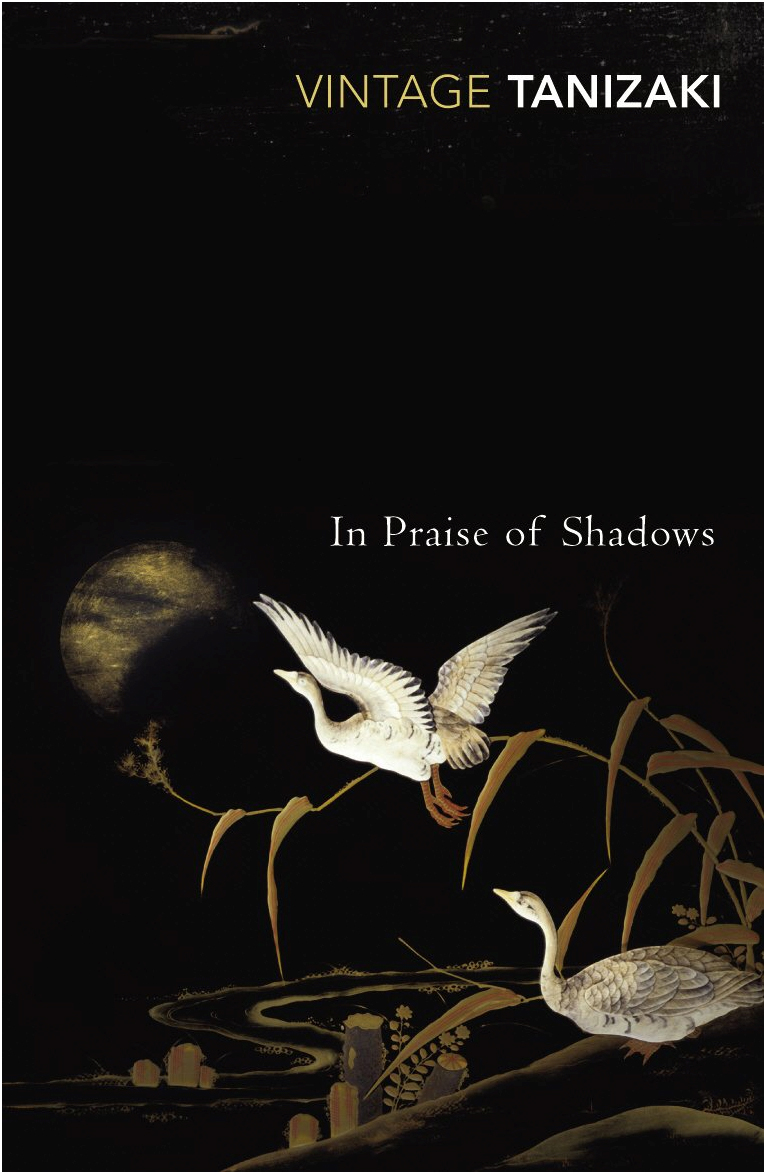
We talk a lot about shadows, but in fact we are talking about light, moreover, we explore the subtle relationship between light and shadow, which is both opposing and unifying. Junichiro Tanizaki (谷崎 潤一郎) has a Zen-like passage in his “In Praise of Shadows“: “A luminous pearl shines only in the dark, a gemstone loses its charm when exposed to sunlight …… Beauty does not exist in the object, but in the ripples and shadows of the shade produced by the object and the object.” It is interesting to note that the etymology of the English word “photography” is to draw with “light”, while the Chinese word is to take “shadow”. Perhaps Eastern aesthetics prefers the mysterious and subtle unknown mood of shades. The harmonization of bright and dark, the blending of light and shadow, the combination of reality and imagination, is a kind of artistic realm that combines East and West.
By Xun Michael Chi at Laguna Beach, California
Originally published in China Photo News in Chinese 2020

